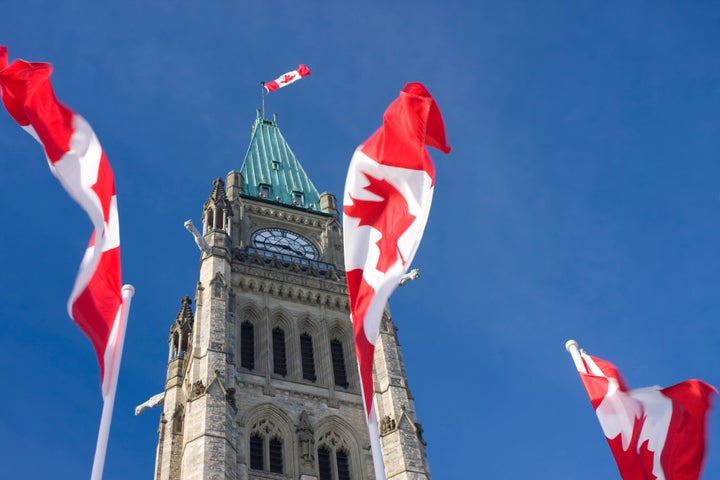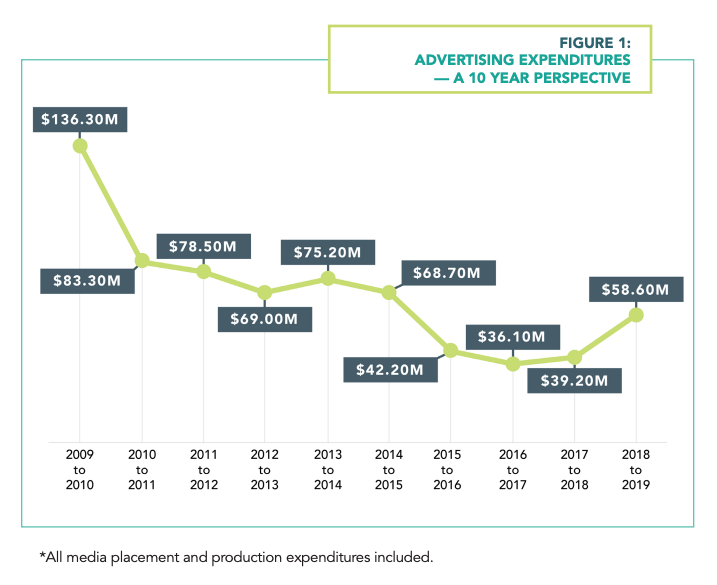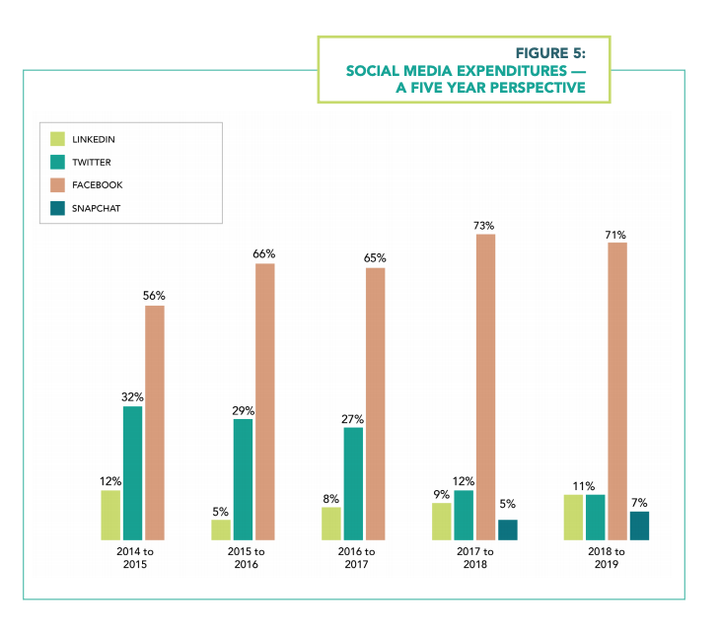
OTTAWA — The government of Canada ramped up its annual advertising spending ahead of the federal election, increasing from $39.2 million billed in the previous year to $58.6 million.
Most of the money — $23 million — was spent on digital ads, reads a report tabled at the end of January. Digital ads include text, image, and audio messages that appear as banners displayed on websites. On social media platforms such as Twitter and Facebook, they appear as sponsored or promoted posts.
The ads were to provide information directly to Canadians “on issues of importance to them and help them make informed choices about their health, safety, security, finances and general well-being,” according to the government.
Watch: WhatsApp reaches 2 billion users. Story continues below video.
Health Canada was the top spender of all federal institutions. The department spent more than $12 million on campaigns to boost public education about cannabis, opioid stigma and harm reduction, as well as on youth vaping prevention.
The Canada Revenue Agency came second. Its ads promoting tax benefits and carbon tax rebates cost nearly $8 million. Employment and Social Development Canada holds third place with campaigns costing $6.5 million, the bulk of which was spent on ads promoting services for seniors.
Advertising expenditures, which declined between 2009 and 2016, have gone up since the Liberals defeated the previous Conservative government. But the past year’s spending boost pales in comparison to the $136.3 million spent on government advertising between 2009 and 2010 and subsequent years.

Where advertising dollars are being spent is also an interesting informal measure of where government officials think Canadians are spending their time.
Ad spending data from the past five years suggests that means less time in front of a television set and more time glued to a handheld screen, flipping between social media apps.
Snapchat, the deliberately ephemeral messaging chat app, has received a growing share of government ad dollars, increasing from five per cent in 2017-2018 to seven per cent in 2018-2019.
But what the government spends on Snapchat ads trails the money earmarked for Facebook, which continues to take the lion’s share (71 per cent) of the government’s social media advertising budget.

Though ads were produced in both official languages, most of the government ad campaigns were in English. “The government plans advertising campaigns to align with the most recent Canadian census data from 2016 which is approximately 75 per cent English and 25 per cent French,” the report stated.
Despite the governor general’s reminder in December’s speech from the throne for parliamentarians to work on behalf of Canadians, including members of “visible and linguistic minorities,” ad spending statistics suggest government messages intended to help Canadians make “informed choices” may not be landing with the 7.5 million people who speak a non-official language at home.
The government spent $1.3 million on ads to reach international audiences between 2018-2019, which is slightly more than the $1.1 million on campaigns to target members of visible minorities and Indigenous people living in Canada in multiple languages, including English and French.